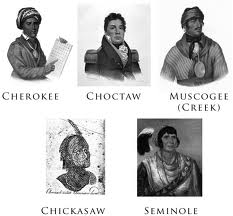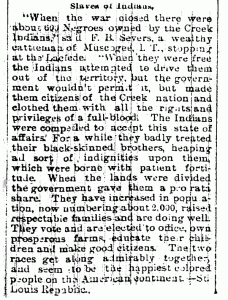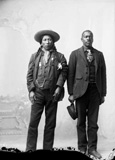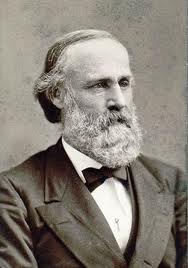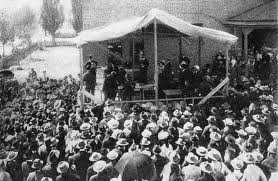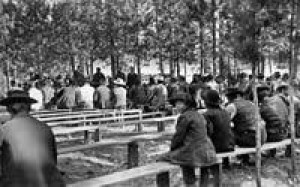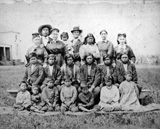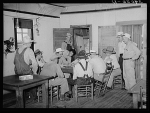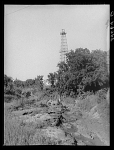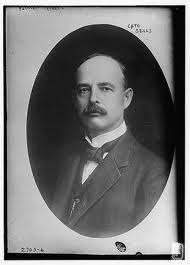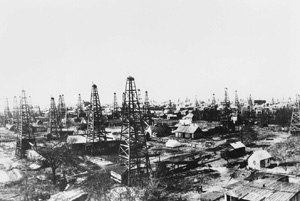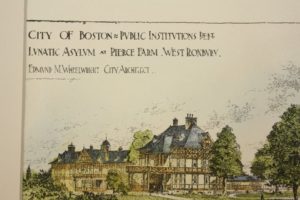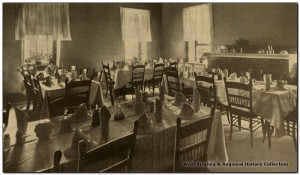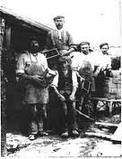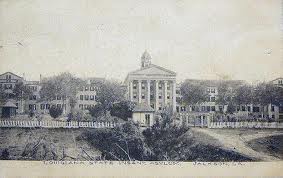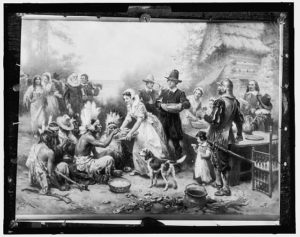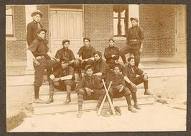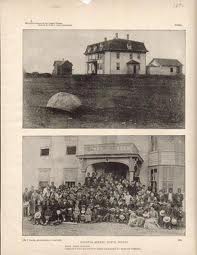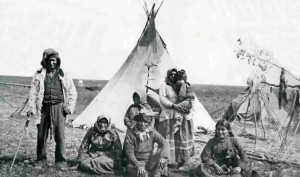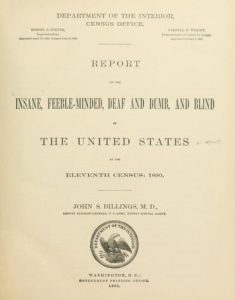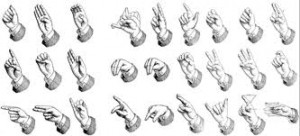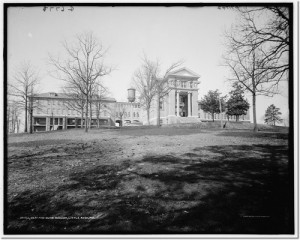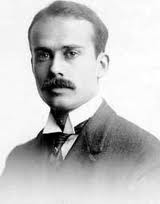Indian Territory may have seemed a world away from the slave-holding South, but slavery was introduced there in 1830. Some of the slaves who ran away from southern slave states were received as free people by tribes in the Territory. However, all tribes except the Seminole eventually began to buy slaves. In the 1830s, about 3,000 African-Americans lived in Indian Territory. Most of them were slaves.
Indian farmers used slaves to help them cultivate their crops. Some masters had large tracts of land, but most Indians were subsistence farmers who worked as hard as their slaves. In the 1830s and 1840s, slaves came with Indians who were removed from the their eastern lands. The Cherokee held about 1,500 slaves, the Chickasaw Nation about 1,200, and the Creek Nation about 300. There were about 8,000 slaves held by Indians by the time of the Civil War. After the war, tribes abolished slavery.
________________________________________________________________________
